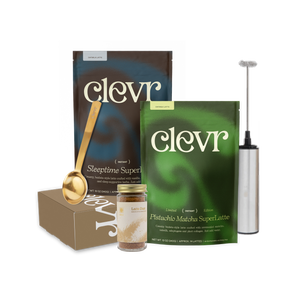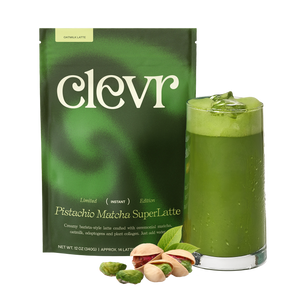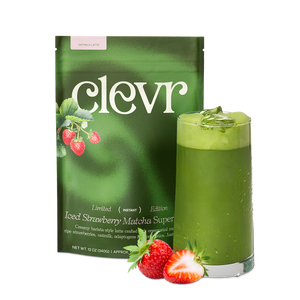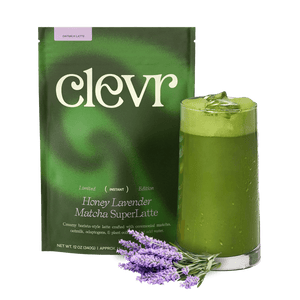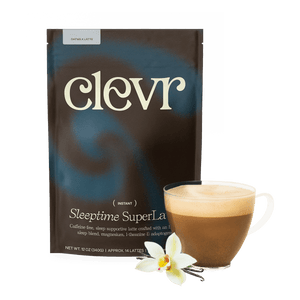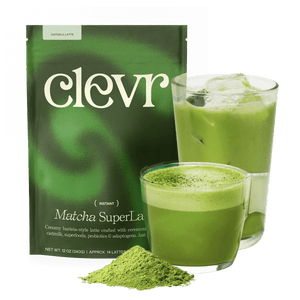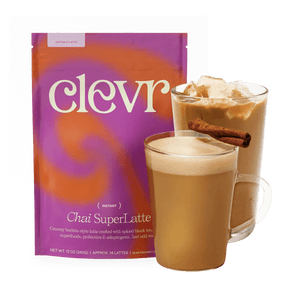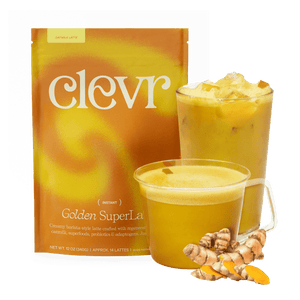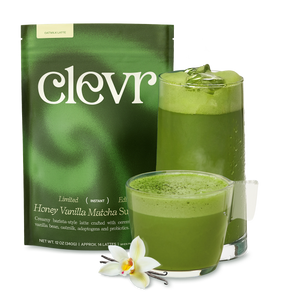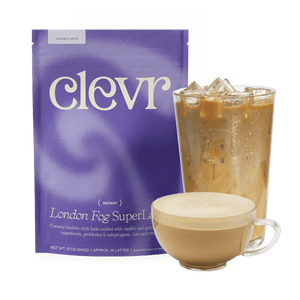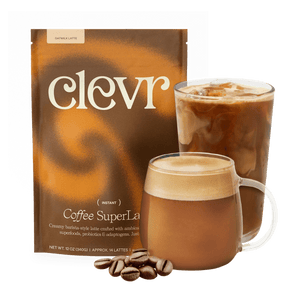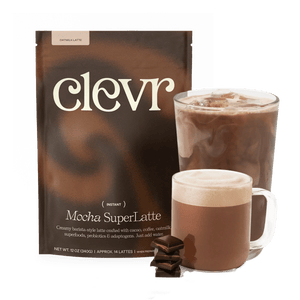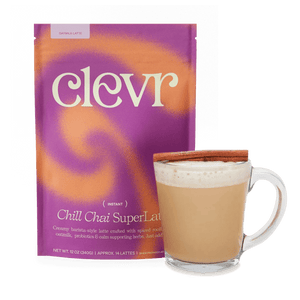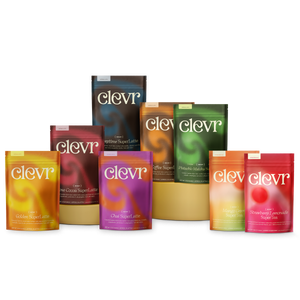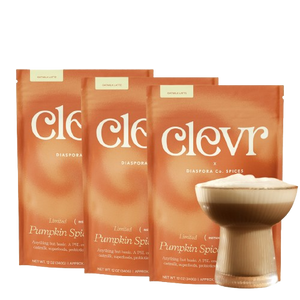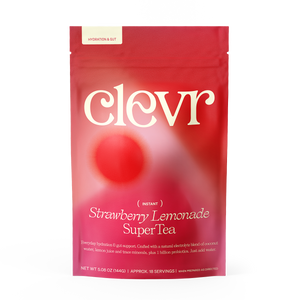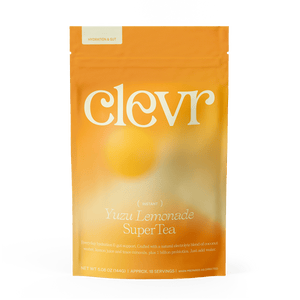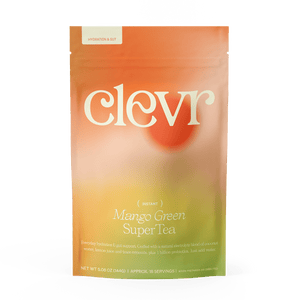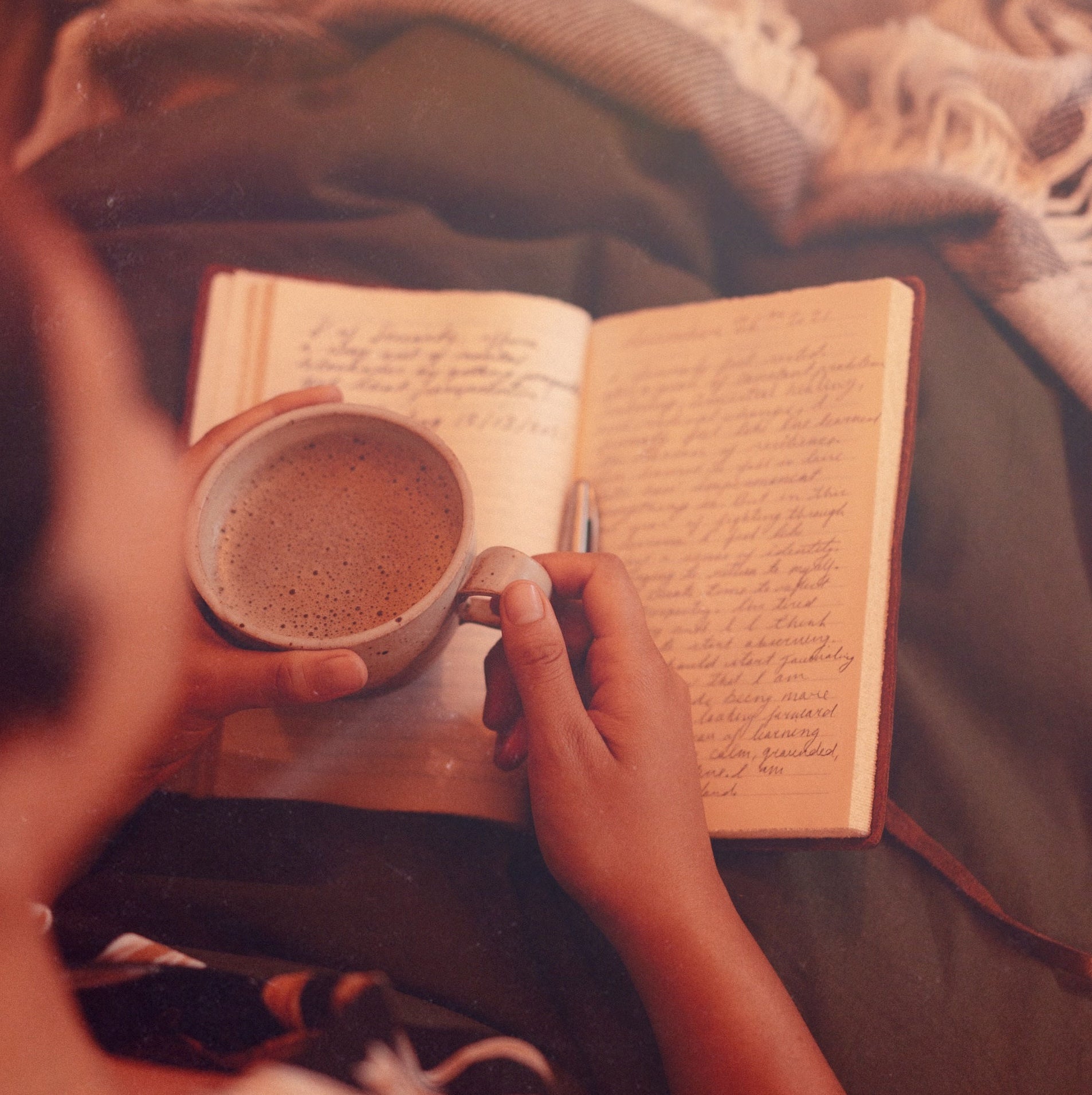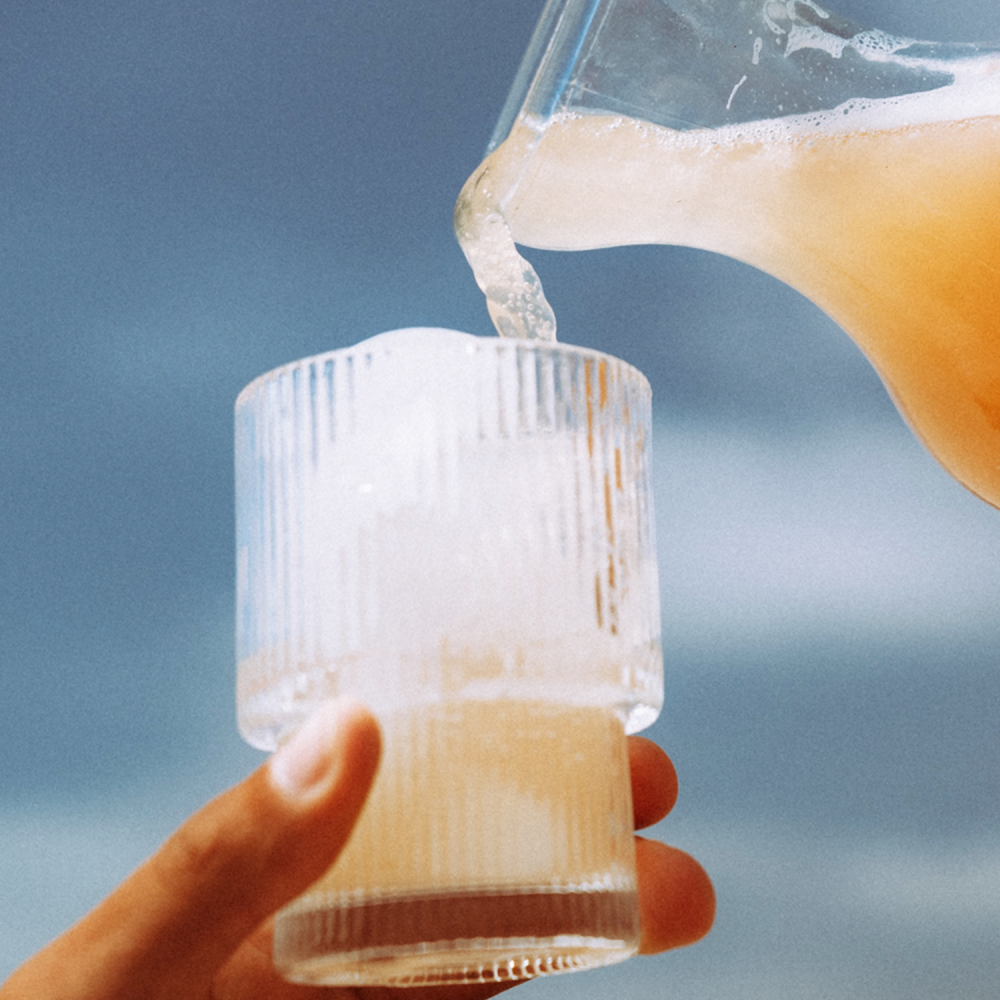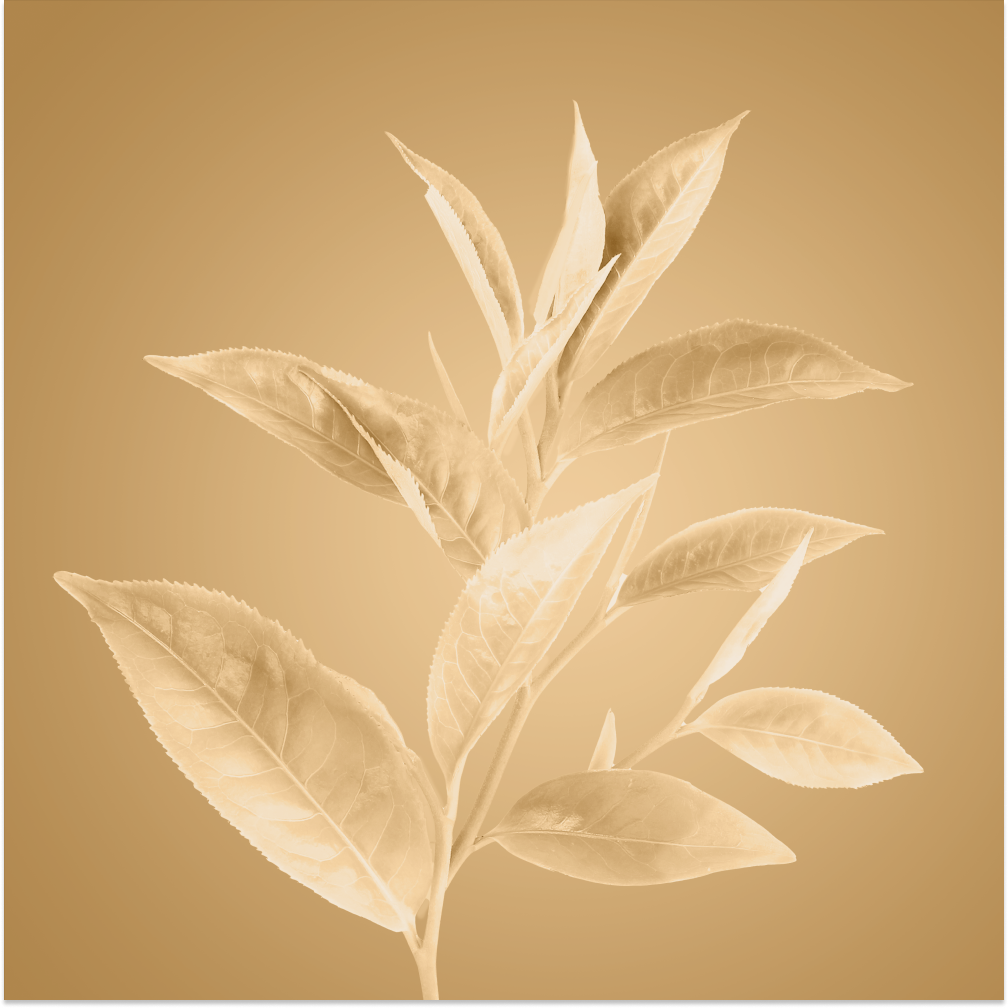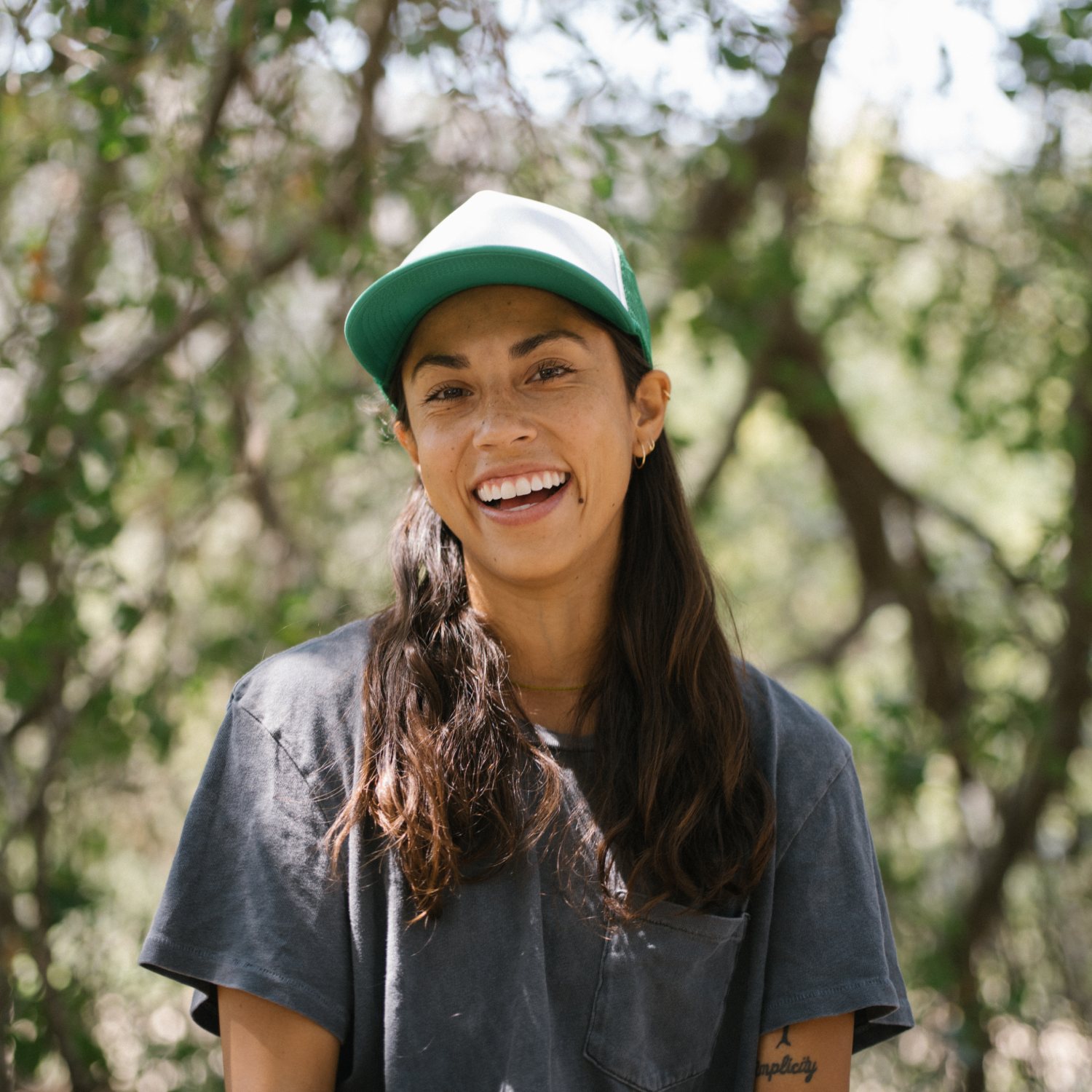
Unity In Diversity: A Conversation with Artist Carol Murphy
We chatted with Carol about inspiring connection through diversity, embracing the out of the ordinary, and cultivating respect for the earth through Indigenous wisdom.
The intersectional identity of Indigenous, queer, and passionate activist for regenerative agriculture is one that Carol Murphy embodies so well. Carol is a member of the Pechanga Band of Payómkawichum (Luiseño) Indians, and she grew up on a reservation in southern California. As an artist and environmental activist, Carol has woven community and connection into everything that she does. She is an avid adventurer, who grew up spending the majority of her time exploring outdoors, but she didn’t discover her passions for permaculture and sustainable agriculture until later in life.
We spoke with Carol for Pride month as she shares about creating unity in diversity, embracing the out of the ordinary, and cultivating respect for the earth through Indigenous wisdom.
Q & A
What’s on your coffee table and does it hold meaning?
“Right now there’s a candle and incense holder, and these represent the flow of air. Whether it’s opening a door or lighting a candle or incense, some form of air flow helps me to recharge, clear my mind, and move through mental blocks.”
Morning rituals help to start your day off on the right foot, and we’re big supporters. Do you have any rituals or favorite ways to start your day?
“My morning is honestly my dog’s morning. I take him on a walk, which allows me to step outside first thing in the morning. It’s energizing to get a fresh breath of air, as the air is always crisper at this time of day. After that, a warm morning drink is essential.”

Tell us a little bit about yourself. What makes you feel alive?
“I grew up on a reservation in southern California, surrounded by family. I’m 29 and I do vector-based design work, but I’ve also gotten really into permaculture and regenerative farming. Since I initially gained interest in this in my mid-20s, I’ve made it my goal to learn as much as possible about tending to the land.
What makes me feel most alive is being surrounded by my loved ones. Whether it’s with family or friends, I love being surrounded by my communities.”
As a designer, where do you draw inspiration for your work?
“I’ve always been really inspired by the ideas of connection and unity. My design work always has something to do with connection, and I strive to create art that everyone can relate to.”
Tell us a bit about your experience growing up on a reservation in Southern California.
“I was surrounded by family, and growing up on the reservation was never really something that felt different. When you’re young, you kind of assume that your friends are growing up in the same setting, so I thought that all of my friends in southern California grew up on neighboring reservations.
"No matter where I live, my heart will always be on the reservation."
My family will always be there, and family extends to more than just my biological relatives. There is such a strong sense of community on the res; from the moment a child is born, the entire reservation has their back.”
Are there any sacred Indigenous practices, rituals, or pieces of wisdom that have supported you along your journey?
“The main piece of wisdom that was instilled during my childhood was to respect your elders. This has stayed with me throughout my life journey, and it has infused into many areas of my life, including prioritizing a general respect for all of humanity and for the earth. I believe that this is a huge reason that I feel such a deep connection to the earth, and why I feel that we need to do our part in respecting it.”
What are some of the challenges that you have faced as a queer-identifying individual?
“I came out around age 17. Up until that point, I felt very different. I love feeling different now, but growing up, being different felt wrong. I think the challenge now is finding a way to normalize love in all of its forms, so that youth don’t have to experience the shame that was unfortunately so common for my generation.
I grew up before the age of social media, so I wasn’t seeing any representation or examples of people like me. It wasn’t very common to see queer individuals or queer families on TV shows or movies. I think representation has become more of a priority over the past decade, and social media has made it more accessible to see individuals who you can relate to and connect with.
Although I think it varies from tribe to tribe, I always felt very loved by my tribe, and never felt excluded. The pressure that I felt growing up came more from my peers, as they treated me a little differently and made comments about how I was outside of society’s norm.”
Was there a strong LGBTQ presence on the reservation that you grew up on?
“On the res, queerness never felt like anything that was frowned upon when I was growing up, but it wasn’t really talked about. I, along with others who are out now, weren’t out when I was growing up. It was definitely more under the radar, and I don’t think we felt comfortable enough to talk about it.
I’ve definitely seen a shift over the past decade, and the conversation has become more present on the res now. It’s more accepted, just like it is in many communities across the U.S., but it definitely took a while to feel that acceptance.”

What inspired you to get into permaculture and farming?
“Permaculture and regenerative agriculture weren’t a part of my childhood, but I spent a lot of time outdoors in the open space on the reservation, which allowed me to develop a deep appreciation for the earth.
I first became interested in the idea of permaculture in my mid-20s. I wanted to start a garden, and I began to learn how unnatural the process of growing food has become. It has become way too common that chemicals and pesticides are encouraged for use in home gardens, because people want their veggies to grow bigger and better, no matter what it takes. I really wanted to learn how to garden in the most ethical way possible, and this led me to learning about permaculture and regenerative agriculture practices. I was inspired by the idea that you could create your own compost by using vermicompost, with bio-available material that’s right at our fingertips.
From there, I haven’t stopped trying to learn as much as I can about all regenerative practices. My mom also started getting interested in gardening around the same time as me, so it’s become something that we can really connect on, which has been powerful and healing.”
You have shared interest in creating an urban farm project in LA. What are your current dreams and goals for this project, and what inspired the idea?
“In LA, we’re surrounded by buildings, so you don’t see many farms here, which raises a bit of concern for me, because I question where everything is sourced. However, even though I’m surrounded by buildings and pavement, there is still a huge opportunity to get creative with empty lots for small-scale farms.
There are many communities here that need access to healthy food. I’m constantly searching for land to lease to start a small-scale urban farm in the city, but there are multiple challenges, including lack of a database for leasable land and high prices to lease.”
You have also shared your dream to eventually create a farm for your family on the Pechanga Reservation. Can you tell us a little more about your vision for this?
“As of right now, we have a couple of community gardens on the reservation, and the plots here belong to individual families, who have freedom to grow what they want. Besides that, we don’t have market style farms, which can produce a diversity of food. I would love to create a small-scale farm to provide access to nutritious food for the school and for families on the res.
There is a great youth program on the res that teaches many cultural practices, but farming is not currently part of the program. It would be awesome to have an educational opportunity for youth on the res, to plant a seed and get them excited about farming from a young age. There are too many easy fast food options, and since people aren’t educated on growing or cooking fresh produce, fast food is the less overwhelming and more convenient option. Education around cultural farming practices is also needed on the reservation, especially to help improve diet choices and overall health of tribal members.”
The principles of permaculture carry a lot of wisdom and guidance. Are there any that have inspired you and stuck with you?
“The principle I love the most would have to be the principle of integrating rather than segregating. Humans work like plants in that we work much better as a community than we do alone.
"I love the idea that diversity works well both in our crops and our communities.”

We’re inspired by the intersectional identity of queer, Indigenous, and environmental activist that you embody. How do you feel that these work together to support (or challenge) each other, and how have they shaped your identity?
“Over the years I’ve come to realize we have a responsibility while we’re here - living on this rock we call Earth - to leave it better for future generations. Being who I am gives me the opportunity to stand up for these communities, making sure future generations feel proud of who they are no matter their race, gender or sexual preference. Oftentimes these communities are seen as different, not given the credit they deserve for living life with love through adversity.
"It’s my hope that one day, we can all appreciate each other’s differences."
This goes hand and hand with pushing for regenerative agriculture. Regenerative agricultural practices aren’t the norm right now, but we’ve seen the positive effects these practices can have on our lands, healing them, reversing the effects of climate change, providing our bodies with the most nutrients, reducing polluted waterways, and so much more. All things deemed out of the ordinary to modern society that I hope will one day be the new norm.”
What does unity in diversity look like to you?
“In a way, we’re all diverse, because we’re all diverse from each other. Everyone feels different in some way, shape, or form at some point in their life, and that’s something that we can all connect on. I don’t think differences should create any sort of space or separation between anyone. Our differences can actually create unity if we look at them as an area which we can all relate to. I hope that we can get to a point in which we celebrate all diversities, and become more unified because of them.”
What are some practices that support your mental and emotional wellbeing?
“Movement, in any form, is so supportive for my mental health. This can look like taking my dog on a walk, surfing, or going to the gym. Movement has always provided mental stability for me, and I feel stagnant during periods of time when I don’t move my body as much. My girlfriend is currently a personal trainer, so she’s been a huge encouragement at the gym, and it’s become such a meditative practice for me.”
How have you been able to use your journey to inspire others?
“My hope is that by the way I present myself as a queer individual, I am able to inspire the youth in some way. It meant a lot to me to see representation when I was young, and now I have the opportunity to be that representation. It is so powerful to see someone who looks like you, acts like you, or talks like you, and I would love to be a part of that for at least one youth.”
What is one piece of advice you would like to give to younger queer individuals, or to your younger self?
“It’s good to be different, so lean into that. Celebrate your differences, because they are a unique part of who you are.”
Do you have a quote or piece of inspiration you would like to leave us with?
“The medicine for every moment lives within each of us. We’re all needed for change and change is needed for our future generations. They deserve to live in a regenerated world - a more sustainable Earth with more sustainable ways of thinking.”
Carol Murphy is from the Pechanga Band of Payómkawichum (Luiseño) Indians, currently residing on Tongva lands. As an Indigenous, queer woman, her role as a creative, advocate, and aspiring regenerative farmer is to bring people together and celebrate diversity. You can keep up with Carol at @carollikesplants or through her website.
